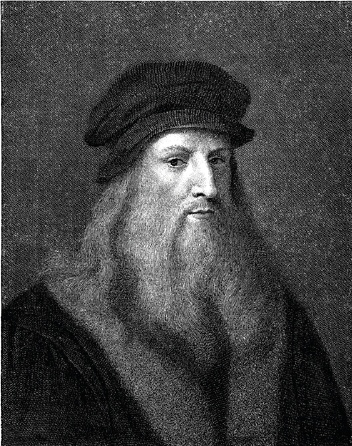RE-IMAGINED
Entertaining and exciting facts, stories and more.
The computing power of the future
The theoretical possibilities of quantum computing are enormous. Not only can quantum bits accept the states 0 and 1 simultaneously, but also theoretically an endless amount of states in between. 300 qubits can represent 2 to the power of 300 states. The result is a number larger than there are particles in the universe. However, this technology is in its infancy – quantum computing was first successfully applied to a mathematical problem in 2019. In the future, it is expected to solve complex tasks in a variety of disciplines that cannot be solved with current technology.
Setting the pace
In order to control life-threatening cardiac rhythm disorders, Wilson Greatbatch developed a pacemaker – the first ever implantable model – in collaboration with surgeon William Chardack. Longer lasting batteries, also developed by Greatbatch, made this possible. His pacemaker was implanted in a patient for the first time in 1960. Today around 1,000,000 people have modern pacemakers fitted every year, each of which generates around 420 million electrical pulses within 10 years.
Lightening-quick connections
AROUND 80 TO 120 BILLION NEURONS …
… and a similar number of glial cells make up the structure of the human brain. Neurons communicate via countless synapses – there are an estimated 100 trillion connections between individual brain cells. This is equivalent to 1,000 terabytes of storage space on a PC.
Treasure hunt
Golden sounds
While trying to make gold, the Turkish alchemist Avedis Zildjian discovered a metal alloy that would from then on give cymbals a unique tone. Famous composers such as Joseph Haydn helped make the cymbal an integral part of the music of Western Europe. The jazz movement in the United States in the 1930s, and a TV appearance by The Beatles in 1964, established the global market leadership of the cymbal manufacturer Avedis Zildjian Company, named after the alchemist.

Leonardo da Vinci (1452–1519)
One of the first engineers of all time, da Vinci developed machinery and machines that replaced physical labor with mechanical work. His notebooks contain drawings and plans for a mechanical saw, a self-driving cart, a spinning machine and an odometer developed for measuring long distances. With his revolutionary work in this field, Leonardo prophesied the industrial age.
Airplane technology for children
While picking up his grandchildren from the airport in 1964, Owen Finlay Maclaren came up with the idea of developing an ultralight, compact folding buggy. The former airplane engineer used his knowledge of developing folding landing gear for fighter jets and presented the Maclaren baby buggy in 1967, which became an instant bestseller across the world.
… this is the binary translation for the word “digital”
The root is formed by the Latin “digitus” which means “digit” as in fingers and toes, and plays on counting to numbers below ten on your fingers. Ten is represented by the numbers 1 and 0 – electricity on/off, both basic states of a computer that works digitally using the binary system.